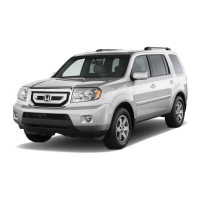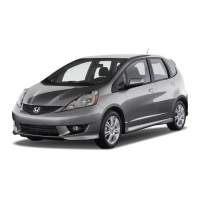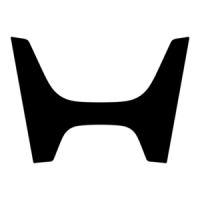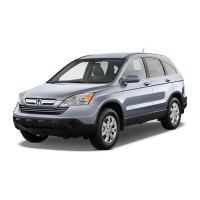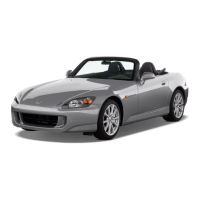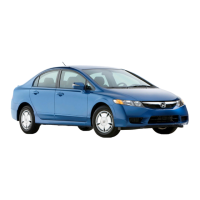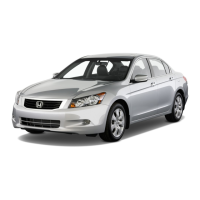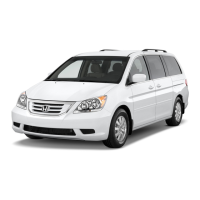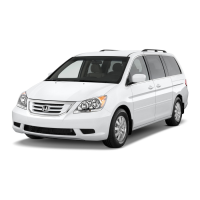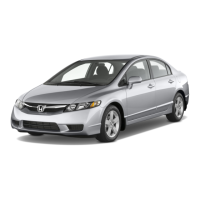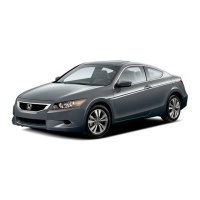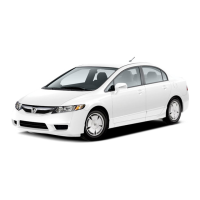CONTINUED
Position the lap part of the belt as
low as possible across your hips,
then pull up on the shoulder part of
thebeltsothelappartfitssnugly.
This lets your strong pelvic bones
take the force of a crash and reduces
the chance of internal injuries.
Insert the latch plate into the buckle,
then tug on the belt to make sure the
belt is securely latched. Check that
the belt is not twisted, because a
twisted belt can cause serious
injuries in a crash.
Properly adjusted head restraints
will help protect occupants from
whiplash and other crash injuries.
See page for how to adjust the
head restraints and how the driver’s
and front passenger’s active head
restraints work.
The center seating position in the
second row and all third row seats
have a detachable seat belt that can
be unlatched and retracted into the
ceiling to allow the seats to be folded
down. See page for how to
unlatch and relatch a belt.
Detachable seat belts should
normally be latched whenever the
seat-backs are in an upright position.
See page for how to unlatch a
belt, and page for how to relatch
abelt.
155
160
160
161
Protecting Adults and Teens
Fasten and Position the Seat
Belts
5.
Driver and Passenger Safety
15
Improperly positioning head
restraints reduces their
effectiveness and you can be
seriously injured in a crash.
Make sure head restraints are
in place and positioned properly
before driving.
08/03/10 17:29:37 31SZA600 0020
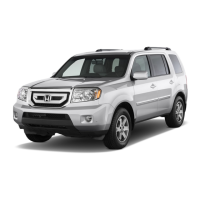
